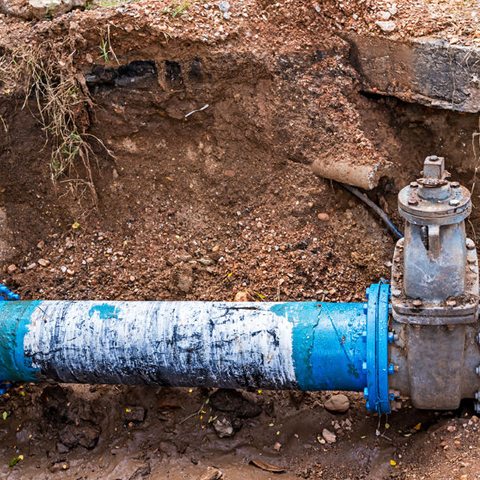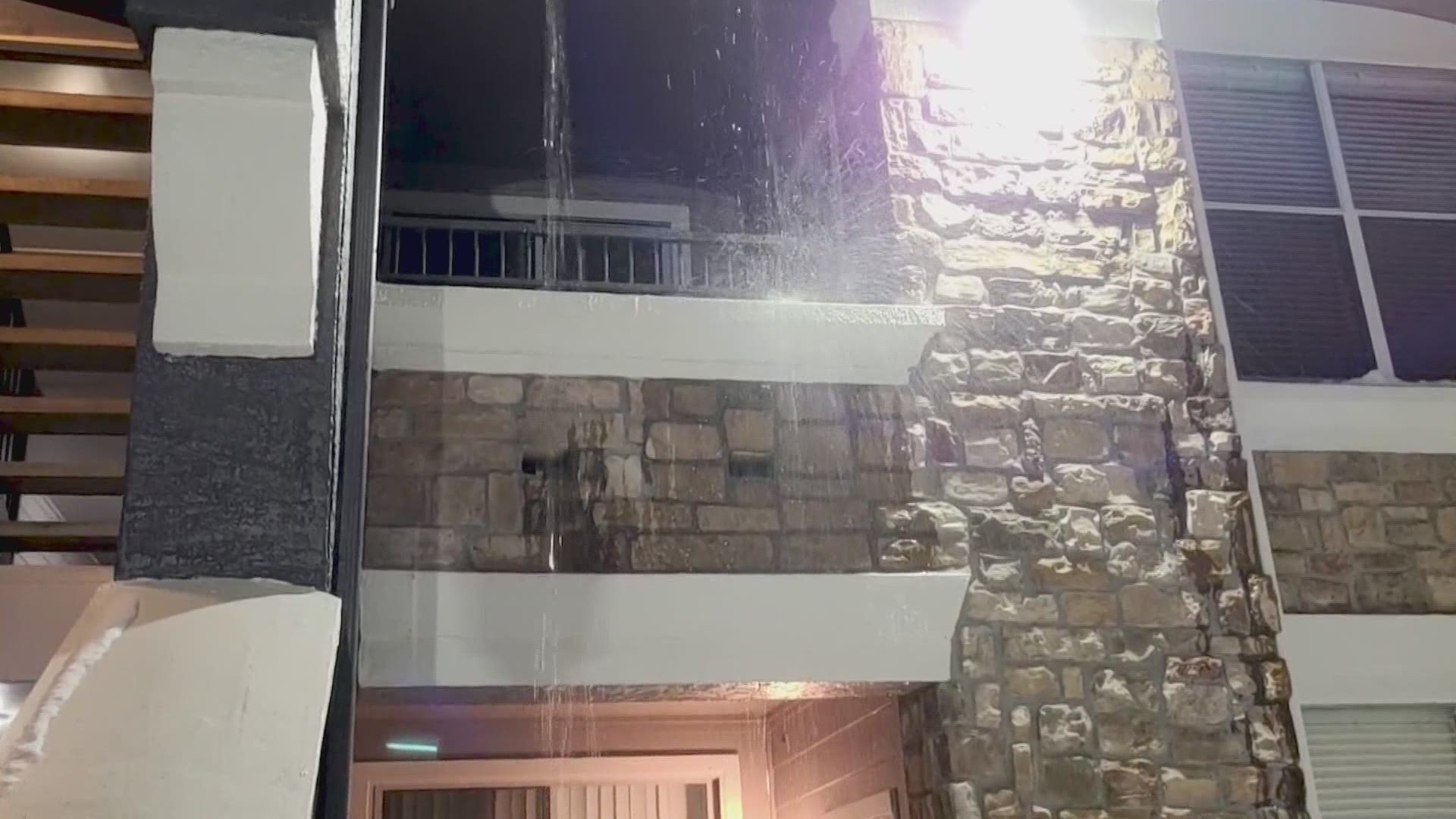From Detection to Correction: A Fast Approach to Handling Burst Pipes
From Detection to Correction: A Fast Approach to Handling Burst Pipes
Blog Article
The author is making a few good points relating to What to Know Before Installing a Dishwasher in general in this article followed below.

A burst pipeline is a major emergency; you can just stand as you see water you pay very much to rejoin with the earth. In even worse cases, you observe a swimming pool on your kitchen area flooring, which is a fantastic journey hazard, particularly if you have youngsters around. If the pipe that ruptured was in your walls, trouble: you may require to paint that entire area.
Just how can a disaster like a ruptured pipeline be protected against as well as taken care of? Well, by listening to your specialist emergency plumbings as well as following these policies.
Just how do I understand when my pipelines have burst?
Changing water pressures
Pipes do not simply burst in a day. You may have observed that your cooking area tap or shower does not run quickly when you turn the tap. It might pause for a couple of secs and then blast you with even more pressure than typical.
In various other circumstances, the water may appear regular at first, then decrease in stress after a few secs.
Damp walls and water spots
Before a pipeline ruptureds, it will certainly leak, most times. If this persistent leaking goes unnoticed, the leakage might finish right into a wide gouge in your pipe. One simple method to avoid this emergency is to keep an eye out for damp wall surfaces ad water stains. These water stains will lead you right to the leak.
Puddles under pipes as well as sinks
When a pipeline ruptureds, the discharge creates a pool. It might show up that the pool is expanding in size, and no matter how many times you mop the puddle, in a couple of mins, there's an additional one waiting to be cleaned. Frequently, you might not have the ability to map the pool to any kind of noticeable pipelines. This is an indicator to call a professional plumber.
Untraceable dripping noises
Pipe bursts can occur in one of the most undesirable areas, like within concrete, inside wall surfaces, or under sinks. When your house goes quiet, you might be able to hear an annoyingly persistent dripping noise. Even after you've checked your shower head as well as kitchen area tap, the leaking may continue.
Precious visitor, the leaking may be coming from a pipe inside your walls. There isn't much you can do about that, except tell an expert plumber.
Shut off the Water
When water freezes, it expands in quantity by concerning 9 percent. And also it increases with significant pressure: The stress inside pipelines might go from 40 pounds per square inch to 40,000 psi! No pipe can hold that much pressure, so it breaks open. The break may take place where the ice kinds, yet more frequently, it happens where water pressure finds a weak spot in the pipe. That might be inches or perhaps feet from the icy location. Discover the water shutoff valve and turn off the water to stop even more damages. You may also need to shut down the power too, depending upon where the leaks occurs and also exactly how huge it is.
Contaminated water
Many people think a ruptured pipe is a one-way outlet. Fairly the contrary. As water spurts of the hole or laceration in your plumbing system, contaminants find their way in.
Your water might be infected from the source, so if you can, check if your water container has any type of problems. However, if your alcohol consumption water is supplied and detoxified by the local government, you ought to call your plumber immediately if you see or scent anything funny in your water.
What do I do when I spot a ruptured pipe?
Your water meter will remain to run even while your water wastes. To minimize your losses, locate the primary controls and also transform the supply off. The water mains are an above-ground framework beside your building.
How to Fix & Detect a Leaking Pipe
How Do I Know if a Pipe is Leaking?
Leak detection tests can help you determine if your pipe has a leak. Even if you don’t see an apparent leak, you should still conduct leak detection tests regularly to save water and money—and prevent major damage to your home.
Water meter. It can be helpful to figure out what your usual water meter usage numbers are and then monitor them regularly. To monitor your meter, first, turn off all water faucets in your home. Check the meter and write down the numbers. In a few hours, check the meter again. If the numbers have changed, you have a leak. Water gauge. Use a water gauge to test your water pressure. Your showerhead should produce a certain amount of water pressure based on its model and design. If the pressure is lower than it is supposed to be for that specific showerhead, your home likely has a leak. Puddles. Look inside your bathroom, laundry, and kitchen sink cabinets. Puddles around the cabinets or around toilets, tubs, showers, and washing machines indicate the presence of a leaking pipe. You may also notice loose tiles, peeling or flaking paint, or mold caused by water accumulation. Napkin test. Even if you don’t see any puddles, you may still have a leak. You can test for water leaks in the bathroom, laundry, and kitchen by wiping below-sink connections with a napkin, paper towel, or piece of toilet paper. If it becomes damp, you probably have a leaking pipe under the sink. Discolored walls. Walls that are discolored—usually with brown or yellow stains—or bulging might mean that they have been impacted by water damage caused by a leaking pipe. Smell. A leaky pipe will create sitting water, and over time, that water may develop a musty smell. If your home smells musty, but you can’t locate the source, it may be due to a leak. Steps for Fixing a Leaking Pipe
A leaky drain can be remedied by tightening the pipe base, replacing the drain seal, caulking the rim, and tightening the pipe nut. Similarly, a leaking toilet pipe can be treated by tightening the packing nut. You may also need to replace the valve. A leaky faucet may just need tightening or replacement of the washers. If that doesn’t work, consider replacing your faucet. If your pipe has a hole in it, you may want to use a pipe leak sealer or pipe leak tape. This quick fix for water pipe leaks can also temporarily fix a copper pipe leak. https://www.ahs.com/home-matters/quick-tips/how-to-tell-if-pipes-are-leaking/

Do you like reading about How to Prepare for Your Dishwasher Installation? Give feedback further down. We will be delighted to know your thinking about this article. We hope to see you back again soon. If you enjoyed reading our blog posting if you please make sure you remember to share it. Thanks a lot for taking the time to read it.
Book An Appointment
Report this page